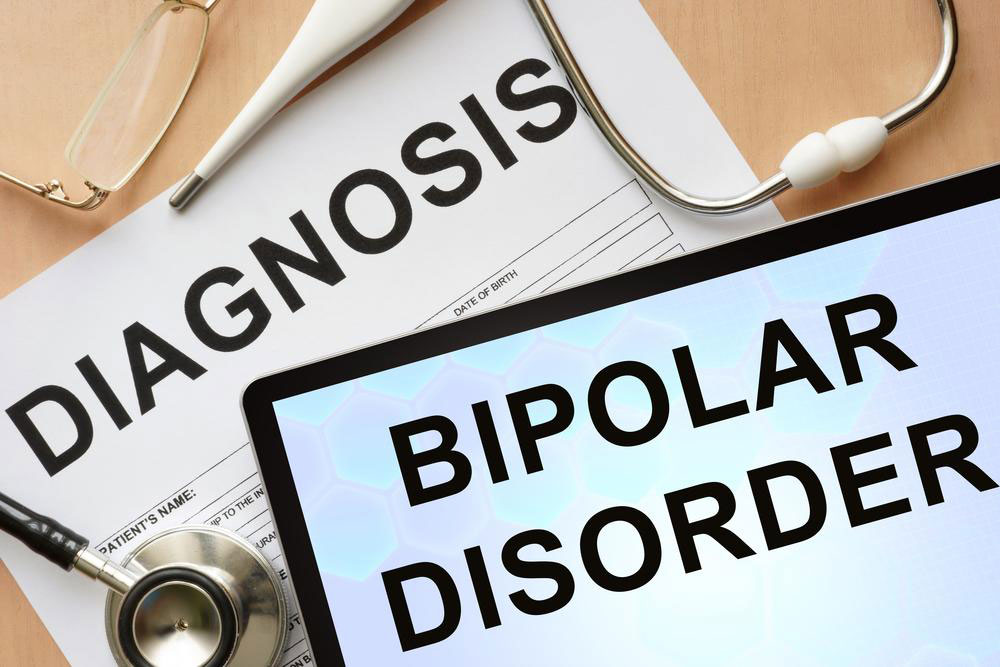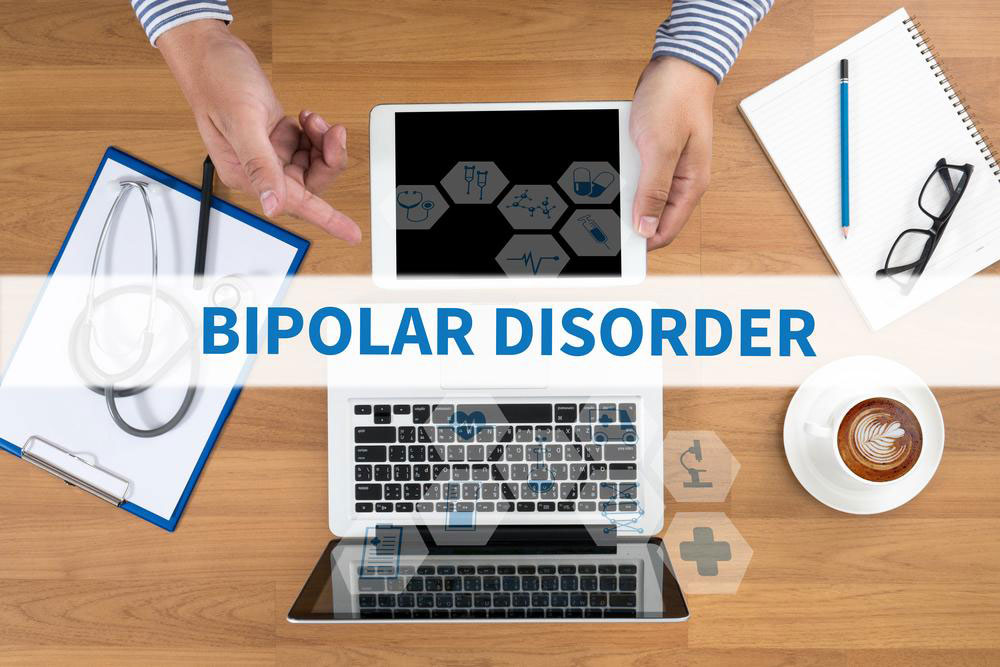Comprehensive Guide to Bipolar Disorder and the Role of Online Mental Health Screenings
Explore the comprehensive aspects of bipolar disorder, including its types, symptoms, and the benefits and limitations of online mental health assessments. Learn how digital tools serve as preliminary resources to guide individuals toward professional diagnosis and treatment, emphasizing the importance of early intervention for effective management of this complex mental health condition.

Comprehensive Guide to Bipolar Disorder and the Role of Online Mental Health Screenings
Bipolar disorder is a multifaceted and often misunderstood mental health condition that profoundly impacts an individual's mood, energy levels, and ability to function daily. This disorder is characterized by extreme swings in mood and activity that can disrupt personal relationships, occupational performance, and overall well-being. According to recent data from the National Institute of Mental Health, approximately 2.8% of adults aged 18 and above in the United States experience bipolar disorder annually. This widespread prevalence underscores the importance of awareness, early detection, and effective treatment strategies for those affected.
Effectively managing bipolar disorder involves a combination of medical intervention, ongoing emotional and psychological support, and lifestyle adjustments. Traditionally, individuals seek professional mental health evaluations from psychologists, psychiatrists, or licensed clinicians to obtain accurate diagnoses and tailored treatment plans. However, the advent of digital health has introduced online mental health screening tools, which many individuals use as an initial step to understand their mental health status better.
But how reliable are these online assessments? This question is vital as many people turn to the internet for quick insights into their mental health. Let's delve into this topic further.
What is bipolar disorder?
In essence, bipolar disorder is a serious mental health condition that causes significant fluctuations in mood, energy, and activity levels, which can severely disrupt daily life. People living with bipolar disorder experience periods of intense highs known as manic or hypomanic episodes, alongside deep lows called depressive episodes. These phases can last for several days or weeks and may vary in severity, often leading to confusion and distress.
During manic episodes, individuals may display hyperactivity, rapid speech, inflated self-esteem, decreased need for sleep, and an eagerness to engage in risky activities. In contrast, depressive phases bring about persistent sadness, hopelessness, fatigue, difficulty concentrating, and a loss of interest in daily activities. The unpredictable nature of these mood swings poses unique challenges in diagnosis and management.
Types of bipolar disorder
Understanding the different forms of bipolar disorder is critical for accurate diagnosis and treatment. According to the National Alliance on Mental Illness (NAMI), there are four primary types, each with distinctive features:
Bipolar I Disorder
This is the most widely recognized and severe form of bipolar disorder. It involves at least one manic episode lasting for at least a week, often accompanied by depressive episodes. The manic episodes are intense enough to require immediate medical attention and may involve psychosis or hallucinations. Many individuals with Bipolar I also experience mixed episodes, where symptoms of mania and depression occur simultaneously, complicating diagnosis and treatment.
Bipolar II Disorder
This form features hypomanic episodes—less severe than full-blown mania—and recurrent depressive episodes. Hypomania does not cause significant impairment but may still affect functioning. The depressive phases tend to be more prolonged and debilitating, often leading individuals to seek help for depressive symptoms first.
Cyclothymic Disorder
Characterized by chronic fluctuating mood states, cyclothymic disorder involves repeated hypomanic and depressive episodes over at least a two-year period. These mood swings are milder but can persist for extended periods, impacting daily routines and relationships. Many individuals with cyclothymic disorder remain undiagnosed because their symptoms are less dramatic.
Other Specified and Unspecified Bipolar and Related Disorders
These categories encompass mood disturbances that don't fully align with the primary types but still involve significant mood elevations or lows, causing distress or functional impairment. Such diagnoses ensure that all symptoms are accurately captured for treatment planning.
Online bipolar assessments: what are they?
With the rise of telehealth and digital tools, online bipolar screening questionnaires have become increasingly popular. These tools typically consist of interactive questionnaires that explore a person’s mood patterns, sleep habits, social interactions, and overall functioning. They are designed to help users identify potential signs of bipolar disorder by analyzing their responses against established criteria.
The purpose of these assessments is to provide users with a preliminary understanding of their mental health status, guiding them on whether to seek professional evaluation. The questions may cover aspects like mood swings, impulsive behaviors, periods of elevated energy, fatigue, feelings of worthlessness, and difficulties concentrating.
Assessing the trustworthiness of online bipolar tests
While online mental health screening tools can be helpful for providing early insights, their reliability remains a topic of discussion among mental health professionals. Some online assessments are developed based on clinical diagnostic standards like the DSM-5 and can be surprisingly accurate as initial screening tools. However, they cannot replace comprehensive evaluations by licensed healthcare providers who consider multiple factors, including medical history, physical health, and detailed clinical interviews.
It’s important to recognize that online tests have limitations—they can produce false positives or negatives, and their results should never be used as a sole basis for diagnosis. They are intended as a starting point for awareness, prompting individuals to seek professional assessment if necessary. Sharing results with qualified mental health practitioners ensures an accurate diagnosis and effective treatment plan tailored to individual needs.
As bipolar disorder is a complex condition that requires precise diagnosis and ongoing management, early intervention and professional guidance are invaluable. Online assessments offer convenience and quick insights, but they are not definitive. Anyone experiencing symptoms reminiscent of bipolar disorder should consult a mental health specialist for a comprehensive evaluation. Proper diagnosis leads to appropriate treatment, which can significantly enhance quality of life and help individuals regain stability.
To summarize, online bipolar screening tools serve as a preliminary resource to increase awareness and prompt further investigation. They should complement, not replace, professional medical advice. Seeking timely help and adhering to prescribed treatment regimes can enable those with bipolar disorder to lead healthier, more balanced lives.





